Dr Phil Smith’s Wildlife Notes
August 2011
August is usually a busy month for observing and recording wildlife on the Sefton dunes and so it proved once again. A coast-wide survey of Lesser Water Plantain (Baldellia ranunculoides) for the Botanical Society of the British Isles Threatened Plants Project provided opportunities to visit normally hard-to-reach places. Patricia Lockwood joined me for a tour of Royal Birkdale Golf Course on 2nd guided by the course manager, Chris Whittle. In the “roughs” are three shallow pools excavated in 2006/07 as compensation for course alterations needed before the 2008 Open Championship. These scrapes are now rich wetland habitats and we found our target on two of them, including the largest population of this Red Data Book species in Sefton. Later in the month, we were privileged to visit Ainsdale Sand Dunes National Nature Reserve in the company of site managers Dave Mercer and Peter Gahan, where scrapes dug between the 1970s and 1990s produced more of the Lesser Water-plantain. It was also good to see that the Ruddy Darter dragonfly is still present where it was first discovered in Merseyside in 1989, although some of these scrapes are now threatened by scrub invasion.
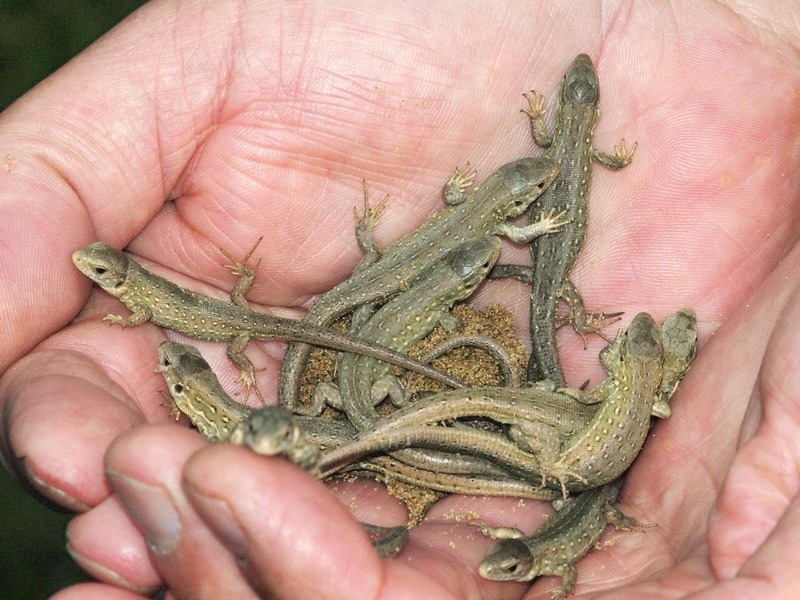
On 13th, a second Sand Lizard re-introduction took place on Freshfield Dune Heath Nature Reserve as part of the Sefton Landscape Partnership Project. Twenty-five enthusiasts watched as 81 baby lizards reared by Paul Hudson from Sefton stock were released into an area that has been carefully managed for several years by Wildlife Trust staff and volunteers. Birch and Gorse have been removed to create rich stands of flowering Heather interspersed with bare sandy patches for basking and egg-laying. Dave Hardaker tells me he has seen several of last year’s youngsters on the heath, so there are good prospects of a viable population becoming established. Crucial to this is an abundance of invertebrate food for the lizards, including the warmth-loving Mottled Grasshopper, a striking green form of which I managed to photograph.
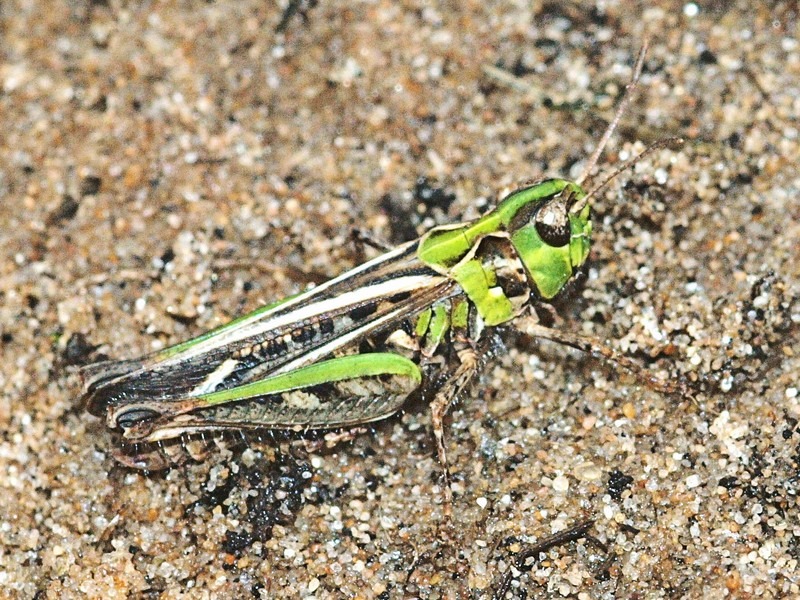
Dragonflies have been thin on the ground this summer, so a pre-arranged “Dragonfly Walk” for West Lancashire Wildlife on 7th didn’t seem too promising, especially when the day dawned cool and cloudy. Fortunately, however, the sun came out just as we reached a group of ponds in the Birkdale frontal dunes and seven kinds of damselfly and dragonfly put on a good show. We were able to study the differences between Ruddy and Common Darters, watch one of the latter species emerging from its aquatic larval stage and see a Brown Hawker egg-laying.
Twenty-five Wildlife Trust volunteers gathered on 24th and 25th for a rescue operation to move over 800 young plants of Isle of Man Cabbage from dunes at Crosby that are about to be used as a source of sand for a coast defence project at Hightown. Using methods developed during a similar translocation in 1992, the plants were carefully dug up and taken to suitable habitat nearby at Crosby and to a backup site at Birkdale
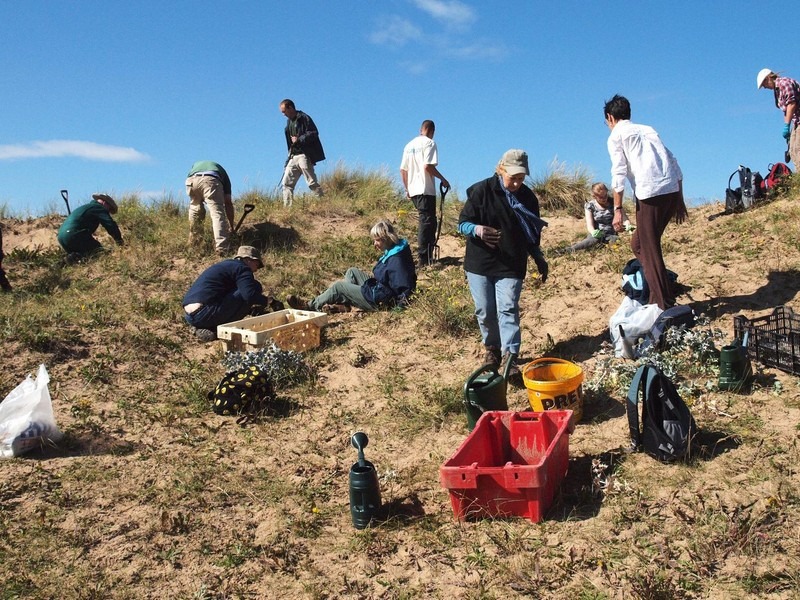
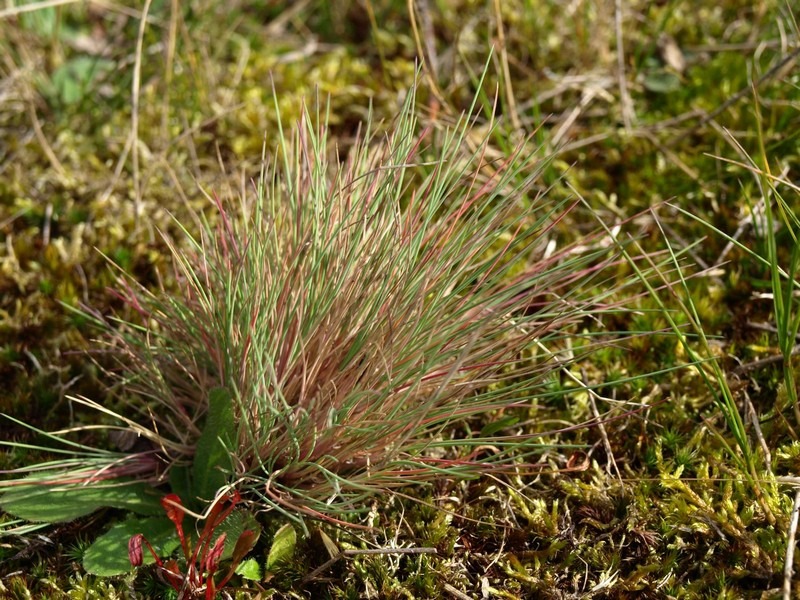
In 2007, I found the very rare Grey Hair-grass (Corynephorus canescens) on the edge of the Ainsdale recreation ground, which has an acidic sandy soil. A return visit on 30th revealed that the plant was still there, together with a second small colony. I also stumbled across a large patch of Sand Spurrey (Spergularia rubra) with gorgeous rose-pink blooms. This was a rare treat, as I had never seen this wildflower before. Returning the following day with Patricia Lockwood for a more detailed survey produced several other notable plants and a species list totalling a pretty impressive 108.
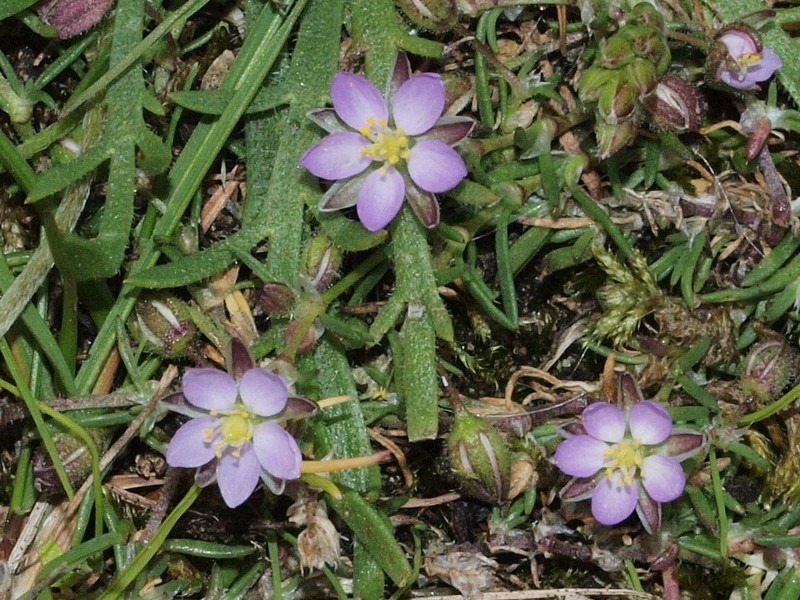
I was very envious to hear of Rod Hill’s Crimson Speckled moth on Ravenmeols dunes on 25th. This is the first South Lancashire record since 1871 and only about the 100th specimen of this rare immigrant ever seen in Britain. A few days later, on 28th, another migrant and easily the best bird reported during the month was a Citrine Wagtail at Seaforth Nature Reserve
